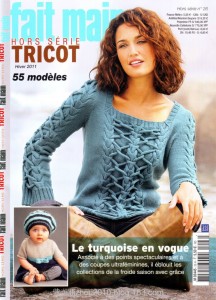Over the past few months I have been intermittently involved with a local maker space, artisan’s asylum. Beginning November 13th, we are going to try a free fiber arts work night, with the aim of working, sharing, and learning from each other, and with the possibility of classes being planned if the need arises. My background is fibers with an emphasis on knitting. I have long planned on trying a tubular knit in thin yarn that could in turn be knit (whether by hand or on the machine) or crocheted like some of the ribbon yarns now in use onto a background for ruffles or used for insertions, applique, etc. Thinking about what possible random demo/work item I could bring to the first meet I resurrected my Barbie Knit Hits knitter and various cord makers and spools. Managing lengths of the tubes as they are knit with a plastic knitter that likes to wander can be a tad challenging. At one point in time I had the delusions that I would play with kumihimo braiding, and built a crude “stand”, with both a square and a round top and necessity meets invention: the square top turns out to be the perfect size support and here is my “hobby knitter stand” in hands free other than for cranking operation
11/20/ 2013: the tape pictured below was knit using the equipment above, knitting a length in 8/4 slub rayon
attempting to use it as “ribbon yarn” on a standard machine: (1) at first I tried hanging a complete stitch/row on each needle on standard KM, the fabric was too flat (2) results were better when hanging every other stitch/row chain on every needle, fabric was heavy and to spread things out a bit more I (3) switched to using EOS/R on 2 km needles, and skipping the third. How to make it go round? (4) remove knitting on garter bar, turn over, “hang” ribbon on garter bar in proper configuration, slide all stitches back on machine and keep knitting. Stitch gauge on 4.5 KM anchors knit tape securely, as tape is tugged at stitches closest to plain knit elongate, edges ruffle
purl side
knit side
inspiration alternatives for similar knit tube http://fashioncollars.wordpress.com/tag/celapiu/
other additional ideas @ http://www.knitting-and.com/barbie-knitter/

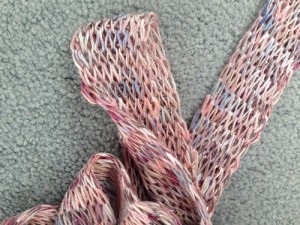


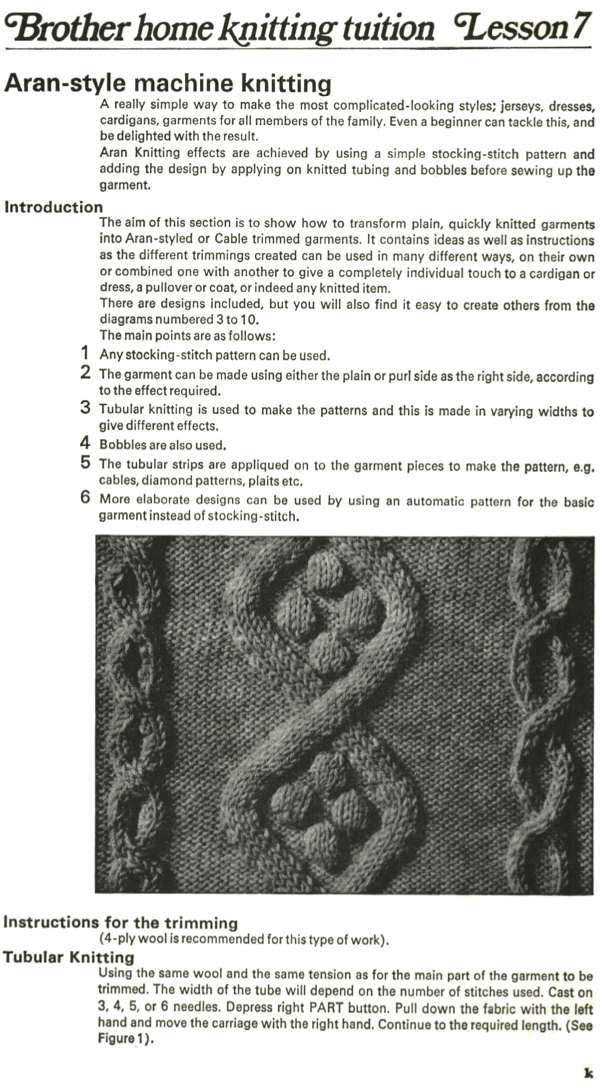
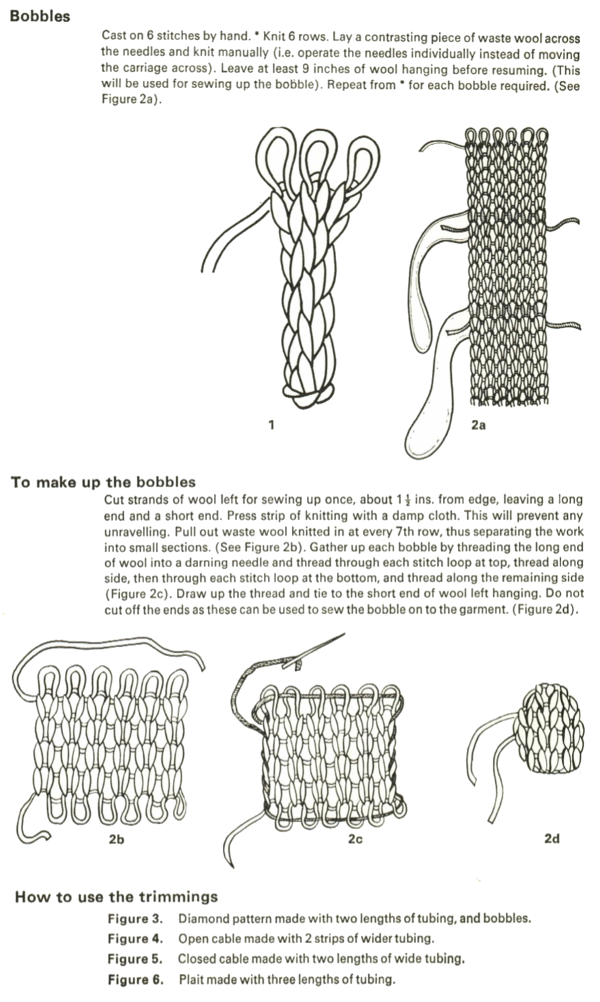

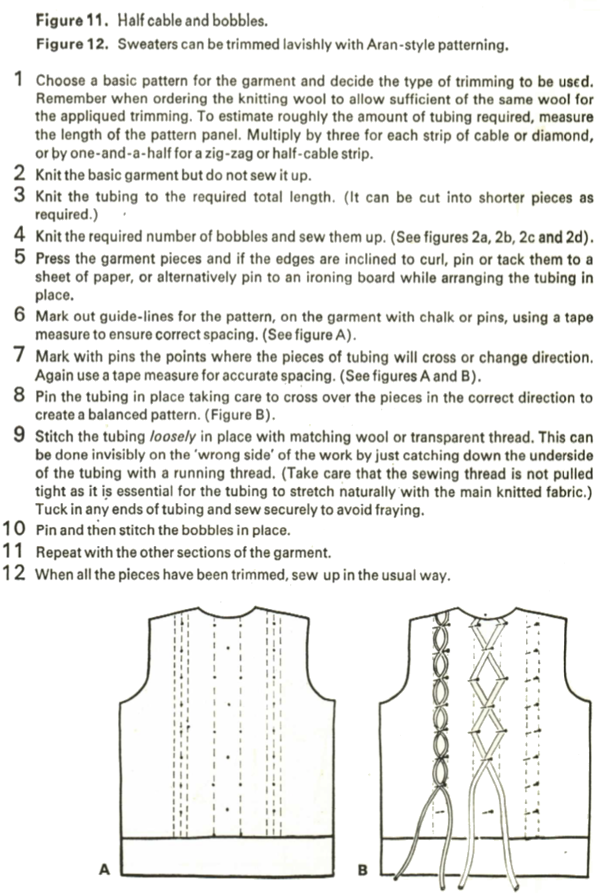
 Testing concepts need not be done in actual cording. One option is to use an old swatch that can give some markers providing an idea of regular placement. Here I have used a 4 ply yarn as my “cord” to begin to visualize some relative of a swatch found on
Testing concepts need not be done in actual cording. One option is to use an old swatch that can give some markers providing an idea of regular placement. Here I have used a 4 ply yarn as my “cord” to begin to visualize some relative of a swatch found on 
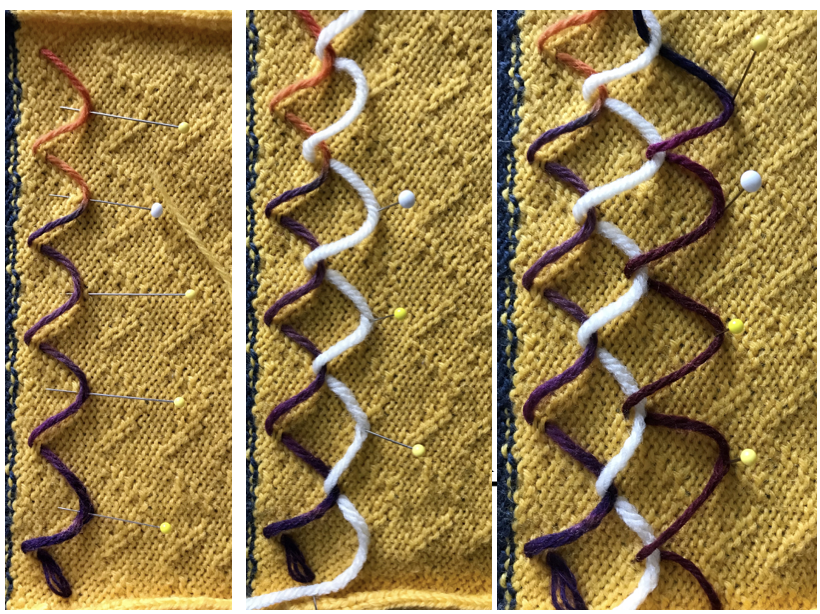
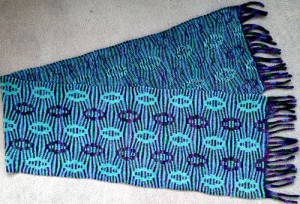
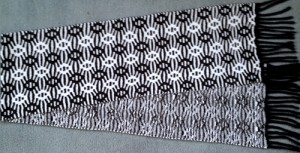
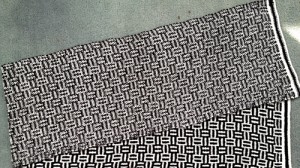


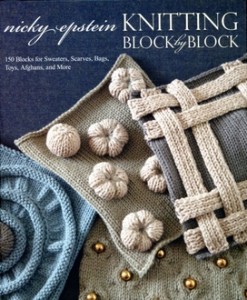 For speed and simplicity, sometimes flat strips of knitting may be substituted for cords in some designs.
For speed and simplicity, sometimes flat strips of knitting may be substituted for cords in some designs.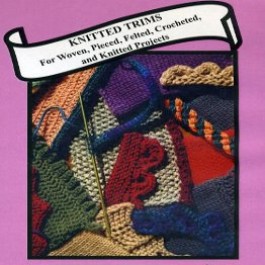
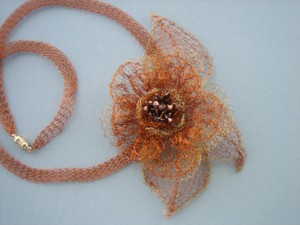 A curly cord version may be found at
A curly cord version may be found at 
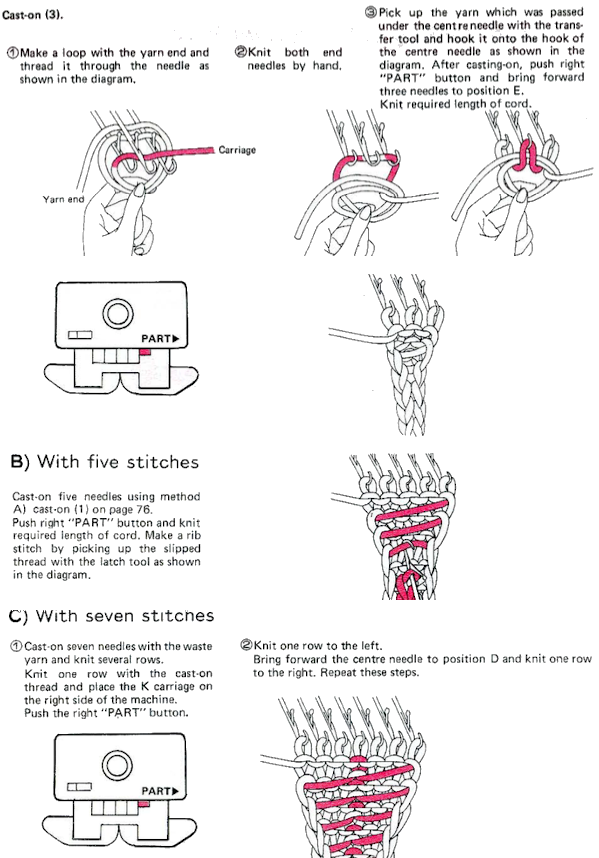
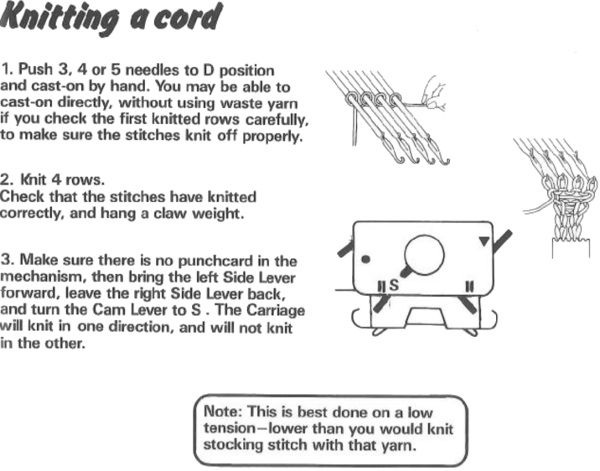
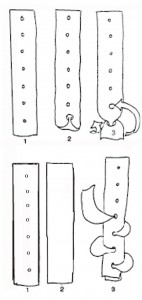

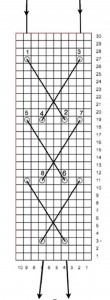
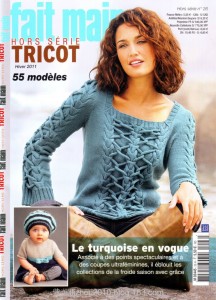






 With tubular knit cord in addition to hooking up, anchoring may require some stitching, “seaming as you knit” at planned intervals would make the joins “invisible ”
With tubular knit cord in addition to hooking up, anchoring may require some stitching, “seaming as you knit” at planned intervals would make the joins “invisible ” 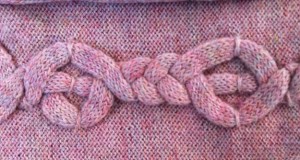 Strips using holding techniques or stitches hooked onto the knit to create texture, in turn, joined in the “seam as you knit method”
Strips using holding techniques or stitches hooked onto the knit to create texture, in turn, joined in the “seam as you knit method”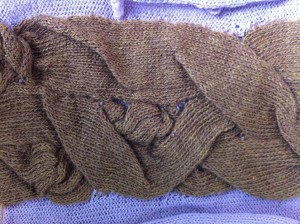 Cording may also be inserted into single stitch lace “holes”
Cording may also be inserted into single stitch lace “holes”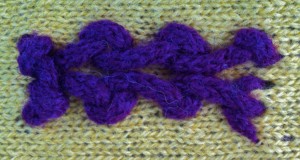 or larger holes created through holding techniques
or larger holes created through holding techniques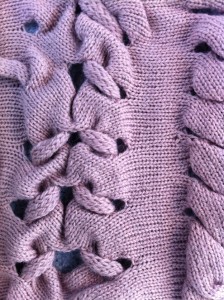 Knit i-cords, ribbon, twisted cording, etc. may also be threaded/woven through holes created at cable crossing as a way to add color and dimension to standard cables, mimicking their movement on the fabric. A recent foreign magazine cover including a variant of the above technique
Knit i-cords, ribbon, twisted cording, etc. may also be threaded/woven through holes created at cable crossing as a way to add color and dimension to standard cables, mimicking their movement on the fabric. A recent foreign magazine cover including a variant of the above technique